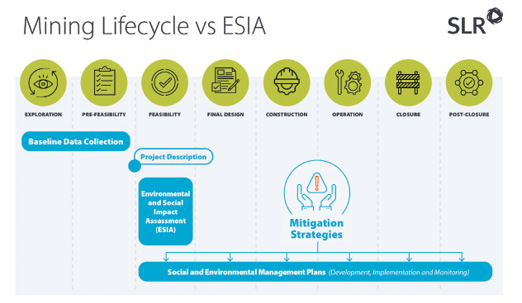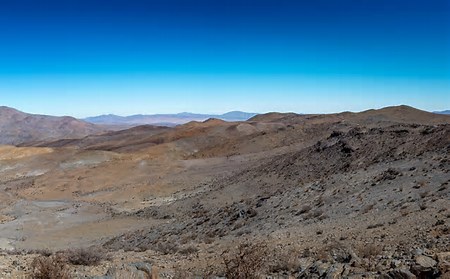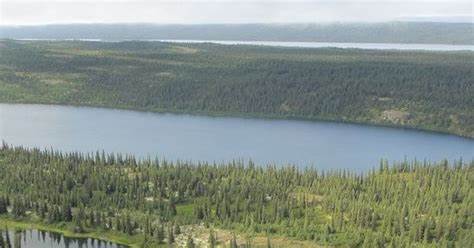Strong team: successful project
Keeping all teams fully integrated throughout the mining project
Canada has a long-standing history in natural resource discovery and development, yet when new mining projects are built, we often hear of schedule or cost overruns, sometimes both. We know things can go wrong on any project – Covid-19 and supply chain issues are a timely example. However, mining projects are complex and to prepare for these external and unforeseen challenges, and developers must get the team fundamentals right to set the project up for success.
Let us look at some case studies where things have not gone to plan, identify the causes for these mishaps, and identify practices that should help prevent similar issues from occurring.
Case study 1 – A classic for project engineering and permitting: While the permitting and approvals team prepares the environmental and social impact assessment (ESIA) and subsequent environmental permits for approval, the engineering team makes changes to the project design to improve project economics. Without good team communication, this can lead to a permitted project that is different from the engineered project. To correct this, the ESIA and permitting documents will need to be revised, which can be time-consuming and lead to loss of trust with stakeholders as the previously discussed project is now changing.

Case study 2 – Unclear Commitments: The ESIA prepared for the project included a multitude of commitments made by various environmental disciplines that, once tabulated by the construction environmental team, were ambiguous and restrictive that the project was not operable. That led to a lengthy re-negotiation process with the environmental regulators.
The environmental planning of a project overlaps with the overall project life cycle. Environmental and social commitments for a project stay with it for a long time. Negotiating changes is difficult and lengthy.
To avoid significant project changes, planning should incorporate the following guiding principles:
1 Be on the same page: Project design will evolve during the various study phases; however, the owners, engineering, and environmental teams need to have the same understanding and expectations on key issues and commitments.
2 Integration: Project design integrates economic and engineering drivers and balances them with environmental and social drivers.
3 Clear commitments: Environmental practitioners must integrate with construction and operations experts on the team to make sure that mitigation measures are executable without excessively limiting the project’s ability to perform.
What steps can then be taken to help keep the project moving forward?
> Be stable and have the right qualifications: Maintain consistency in the project team. Having someone on the team who knows why the commitment was made, when, and by whom, can be helpful. The team should also have the right expertise for the project so that the right decisions can be made based on the best information available.
> Get to know each other: Regular calls and in person meetings to stay in touch. Communication is key. Weekly calls amongst team leaders seem to work well. Experts can be brought in to discuss specific issues. Having all teams physically in the same location makes integration easier.
> Balance project drivers and focus on the key issues: It is easy to get distracted and drag the project into all kinds of rabbit holes. Mining projects are always complex, and they certainly affect all environmental disciplines. Focusing on key issues will save time and money.
> Make clear, realistic commitments: Gratuitous commitments in the ESIA can have long-lasting, time-, and money-consuming consequences. There is also pressure to get the ESIA approved in a timely manner, so each commitment made to regulators, or any other stakeholders needs to be checked to be practicable, adequate, and cost-effective.
Commitments for mitigation and monitoring need to be reviewed to allow full appreciation of the associated cost and effort throughout the project life cycle.
Applying these measures, the project will be steered towards a balanced scenario that will have minimal cost impacts and garner solid returns, keep stakeholders engaged and supportive of the project, and provide the team with a thorough understanding of site conditions during construction. It will also ensure that the environmental and social monitoring is integrated with project design, allowing for expansion and contingencies as needed.
Stephan Theben is mining and minerals sector leader at SLR Consulting.





Comments